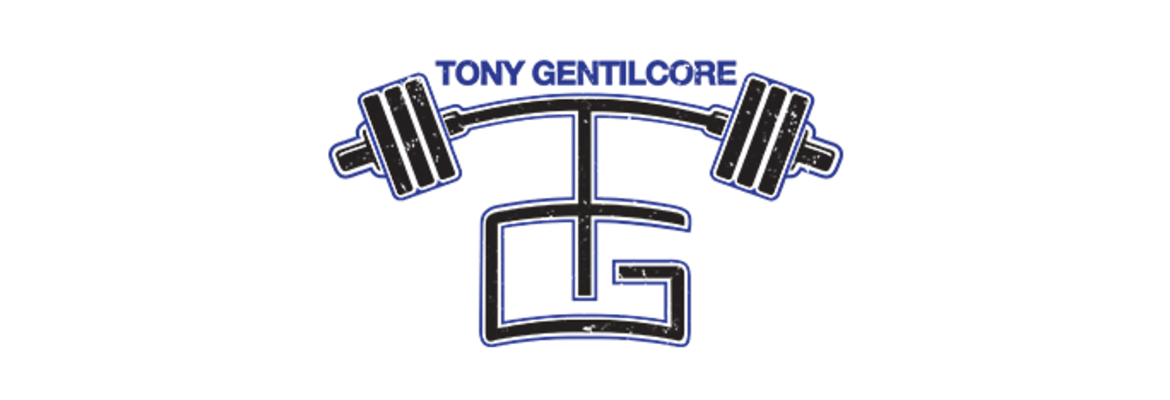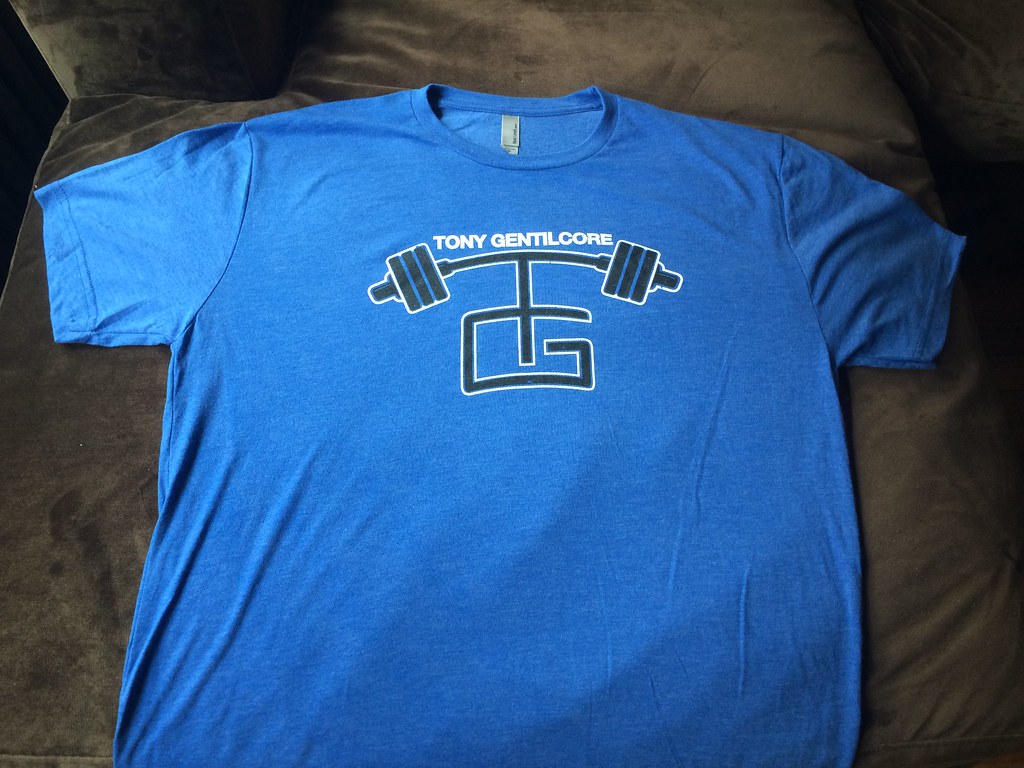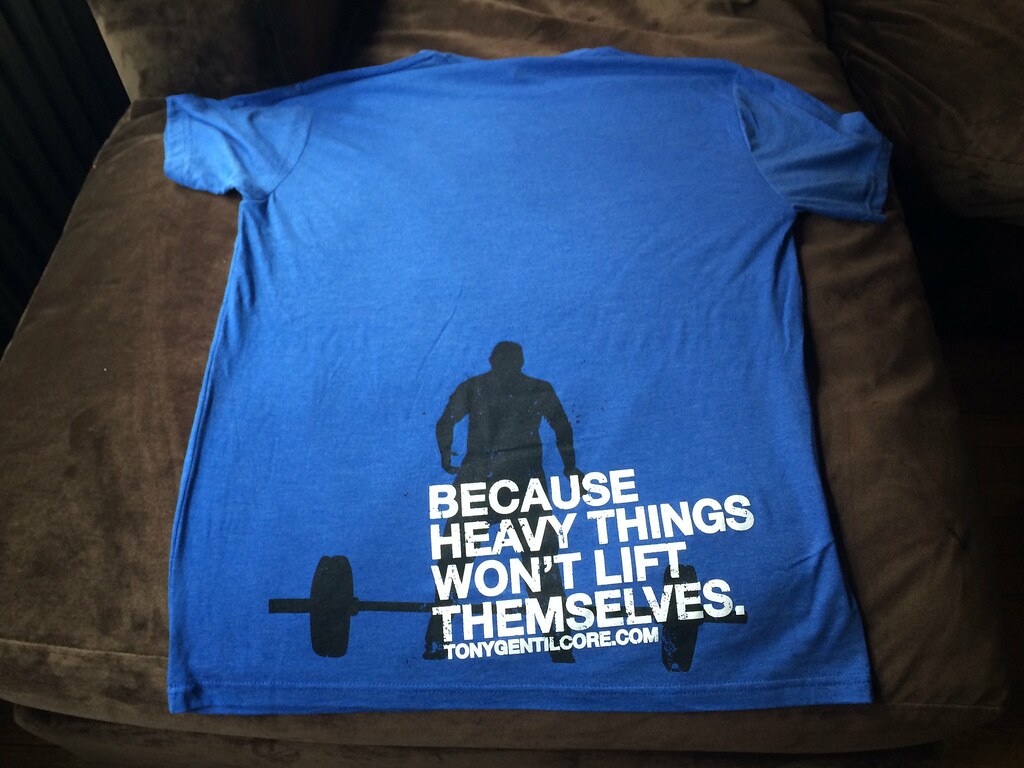Regulars to this site are very familiar with the name Mike Robertson. He’s a good friend, but also a coach I respect immensely.
Not only does he produce top-notch athletes who are seemingly bulletproof, but he’s also someone who continuously churns out quality content that helps elevate the strength and conditioning/fitness community.
He also has impeccable taste in old-school hip-hop music.
His latest resource, Complete Core Training, is available starting today. It’s, well, a complete resource on core training. It’s not about six-pack abs or showcasing the latest core exercises that have people balancing on BOSU balls while juggling chainsaws.
It’s a system on how to set people up for success.
Mike was kind enough to take some time to talk some shop and discuss “core training” with me below. Enjoy!
Two Dudes Talking Core Training
TG: Mike, answer this: what in the name of infomercial hell is “the core?” And why should a whole manual be dedicated to it?
MR: Great question – and if someone can tell me, then that would be great….
In all seriousness, the core is literally everything from the feet to the head, because it all ties together, right? But that’s probably not the answer you’re looking for, either.
For our purposes, I define the core as a box:
- You’ve got the diaphragm on the top,
- The pelvic floor on the bottom,
- The abdominals (transverse abdominus, internal obliques, external obliques, and rectus abdominus) on the front,
- The IO’s, EO’s1, and quadratus lumborum (QL) on the sides, and
- You’ve got the QL, erectors and multifidi on the back.
This is such a tricky answer, though, because no matter how I answer, someone hates me.
But I guess I’m okay with that at this point
TG: The cliche question here is to pop off your most common core mistakes people make. What do you feel people do right?
MR: First and foremost, you have to know that I live in a bubble at this point.
I don’t train in a commercial gym.
The people I’m surrounded by are generally high-level coaches, and are making strides to get the most out of their clients and athletes.
So with regards to doing things right, I think most are on the right path.
They’re focusing more on core stability versus creating movement at the core.
They’re realizing that flexion isn’t a bad thing, at least with regards to having that mobility through the spine and pelvis.
And they’re including core training in almost all (if not all) of their programs.
So when you factor all that in, it’s probably making quite a difference.
TG: Okay, I lied….NOW you can tell us the most common mistakes people make.
MR: Again, I’m around fairly high-level people so when it comes to mistakes, the devil is often in the details.
First off, I’m not sure most truly respect how important position is. For instance, almost every time I coach a core exercise now, we’re going to exhale to set a better position.
But often, we sell people short – what might seem like enough of an exhale simply is not. So we have to really drive a full exhale to set good position, especially with our more toned up bros and broettes.
Another mistake that I see is always leaving the core training to the end of the program. But before I get too deep here, I should probably let you in on a bit of my bias and philosophy…
I firmly believe that the core is a (if not THE) weak link with our clients and athletes. Therefore, it’s something that we have to address and multiple levels across the program.
So just throwing in some “ab work” at the end of a session isn’t enough. If it’s truly a weak link, we need to address it throughout the programming, both in the warm-up and the actually lifting portion. This comes largely through sound exercise selection, progression and regression.
Note from TG: this is why I LOVE deadbugs so much. Not only do most people do them incorrectly, but they can be injected into any portion of a training program to fit the needs of the athlete/client.

So if I could just get everyone to cue their clients into a better starting position time and again, and address the core at multiple times throughout the training session, I’d be a happy camper.
TG: The meatheads out there will say all someone has to do is squat and deadlift and that’s all the core work they need. I think this is a very narrow-minded, nay, moronic approach. I assume you agree. Why is this not a smart or ideal line of thinking?
MR: We’re in firm agreement here. First off, let me throw this back at you…
How many people walking in on Day 1 would you say have great posture, or can hold great position in their training sessions?
Probably none, or next to none, right?
So why do we assume that loading these people up with heavy squats and deadlifts that they’re magically going to “fix” their positional issues?
I’m sorry, but it just doesn’t happen.
Instead, we need to often rebuild our clients and athletes. Again, it happens on multiple levels throughout the program.
Instead of a back squat, maybe we front squat. Or even better, 2-KB front squat.
Instead of throwing in a ton of work for the posterior chain, we actually teach them to load their anterior chain more effectively. (I’m going to get roasted for this, but it’s something I’ll explore in more depth at a later time).
Note from TG: Here, here! We’ve been over-programmed to think that it’s ALL about posterior chain, ALL the time, that I find many trainees have lost the ability to recruit their quads. I’ve been programming more leg extensions recently for some of my clients. How you like dem apples, internet?!
We need to get some isolated core training in the program, just to teach our athletes how to actually use muscles like their obliques and TVA (not via draw-ins), to help control their pelvis and lumbar spine.
We start doing things like that, then posture starts to clean up and we can hold position.
And when we can hold position with entry-level exercises, then we can start getting bigger bang from there.
TG: Love it Mike. I’m totally on par with you. Complete Core Training – 10 second elevator pitch. Go –
My goal was to take my entire approach to core training and give it to trainers and coaches who want to get more out of their programming and coaching.
Like you mentioned above, even the best coaches and trainers out there are looking for ways to get better. This is something that I’ve studied in depth for years, constantly seeking ways to get better results, and most importantly, to create lasting change in how my clients move and feel.
So Complete Core Training isn’t just a random collection of exercises – it’s a complete training system, where I cover everything from the anatomy of the core, to the mechanics of coaching and cuing, and of course, how to program most effectively.
I think it’s a really solid program, and one that’s going to help trainers and coaches across the world get better results with their clients and athletes.
But I’m also willing to admit I may be just a wee bit biased….;o)

 Nothing fancy. Just some t-shirts, hoodies, and sweatpants (tanks coming soon
Nothing fancy. Just some t-shirts, hoodies, and sweatpants (tanks coming soon





